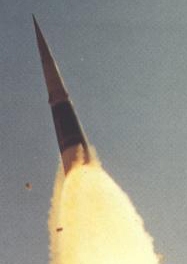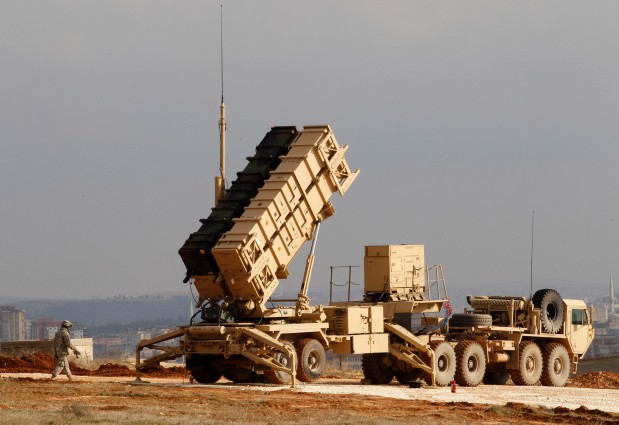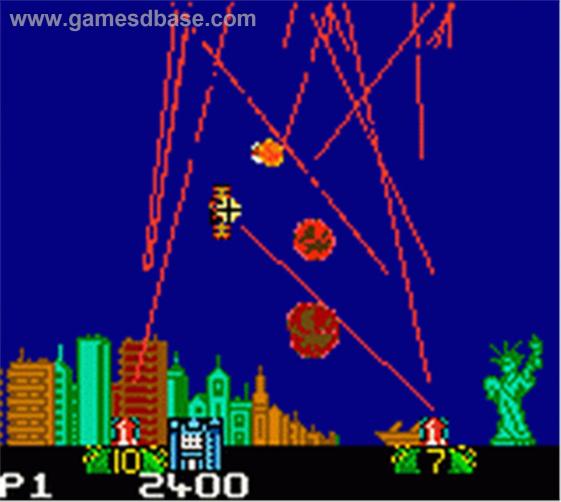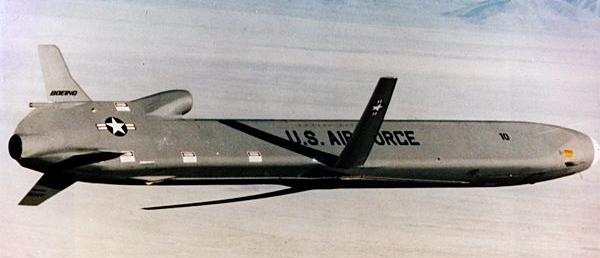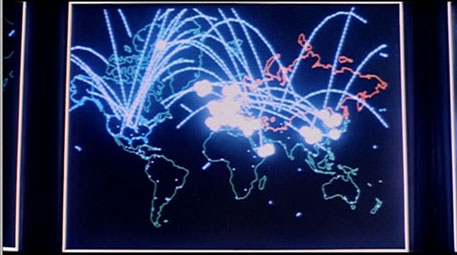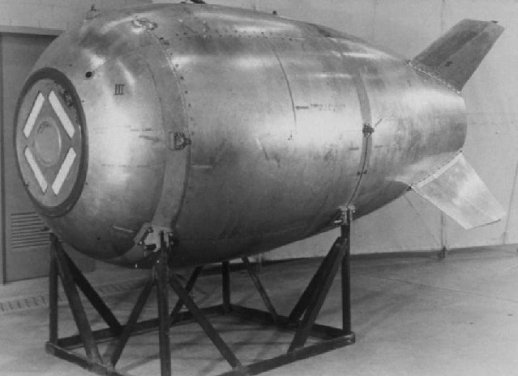If the launch order was given, it would come through a set of speakers that was next to the Missile Combat Crew Commander’s (MCCC) station and Deputy Missile Combat Crew Commander’s (DMCCC) station. The MCCC and DMCCC would hear a message that began with a loud ringing noise, and sounded something like this: “ALPHA TWO THREE CHARLIE HOTEL FOXTROT….”

The phrase “Alpha Two” was the first indication for the crew that the message was an authentic order, and not a drill. This code would only come from one of two places: Washington D.C. (the President himself) or from a secondary location in California if Washington, D.C. was destroyed. The MCCC and DMCCC would immediately grab two red binders and write down the code that was being broadcast. At the end of the transmission, the MCCC and DMCCC would exchange binders to check their work. If the codes matched, this was considered a “Valid Launch Order.” They would then both stand up and walk to a red, double lock safe that stated “ENTRY RESTRICTED TO MCCC AND DMCCC ON DUTY.” Ominously called the “Go To War Safe,” the MCCC and DMCCC did not know each other’s codes to the safe. They would open the safe and find a set of small manila envelopes called authenticator cards.

Both crewmembers would then find the authenticator card that matched with the first two letters of the transmitted code. In addition, the crews would also receive a six-letter code which allowed them to unlock the “butterfly valve.” This was a mechanical valve on the base of the missile that would not allow the rocket engines to fire unless the code was entered correctly. If the butterfly valve code was entered more than six times incorrectly, the missile would be rendered inoperative.
If the codes matched, this allowed the crew to place their launch keys into the console. The keyholes were placed on opposite ends of the room, so that not one person could turn both keys. In addition, the keys must be turned within two seconds of each other, and held for five seconds.

Upon the turning of the keys, the “LAUNCH ENABLE” light would illuminate on the console, along with “BATTERIES ACTIVATED.” This would activate the power onboard the missile, instead of the missile being dependent on power from the silo. Next, the 760-ton silo door would slide open, and the “SILO SOFT” indicator light would turn on. This would indicate that the silo door was now open and vulnerable to a nuclear counter-strike. Four seconds later, the explosive bolts holding the missile in place would detonate, and the missile would launch.
But where would it go?
During the operational years of Titan, the actual targets for the missile were strictly classified, even for the crews. The only indicator to where the missile was targeted were three switches on the console that read “TARGET 1,” “TARGET 2” and “TARGET 3.” This particular missile was permanently aimed at “Target 2,” which many speculate was a Soviet missile silo. The missile also could be pre-set to “GROUND” or “AIR.” “Ground” meant that the warhead would detonate at ground level, which would be utilized against hardened targets, such as bunkers or missile silos. “Air” meant that the warhead would detonate as an airburst about 3,000 feet above the ground.

The crews of each Titan missile knew what would happen if the missile was launched. They were well aware that their silos or the areas around them would become a nuclear wasteland. In the Titan II procedures binder, the crews are instructed to “Await Further Orders” after a launch. The silos were equipped with enough food and water for approximately one month, and contained an escape hatch at the rear of the control center.
This particular Titan II silo was in service from 1963 to 1982. When all of the Titan missiles were decommissioned, 571-7 was saved, however, the silo door must be welded open along with a hole drilled in the top of the warhead to comply with an arms control treaty.
The Titan II missile silo serves as a powerful reminder of the “MAD-ness” of the Cold War. A 9 megaton nuclear warhead, as carried by Titan II, would turn a city the size of Tuscon, along with much of the surrounding area, to ash. This very premise of a massive nuclear strike kept the peace in a very perverse way for the entirety of the Cold War.






 Section 1: Aircraft
Section 1: Aircraft





